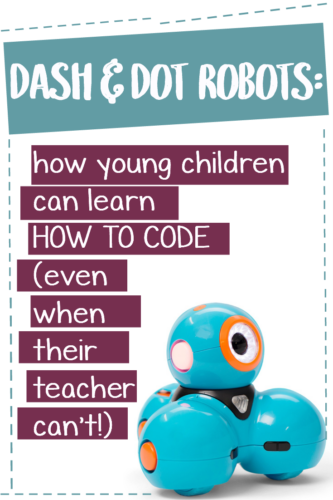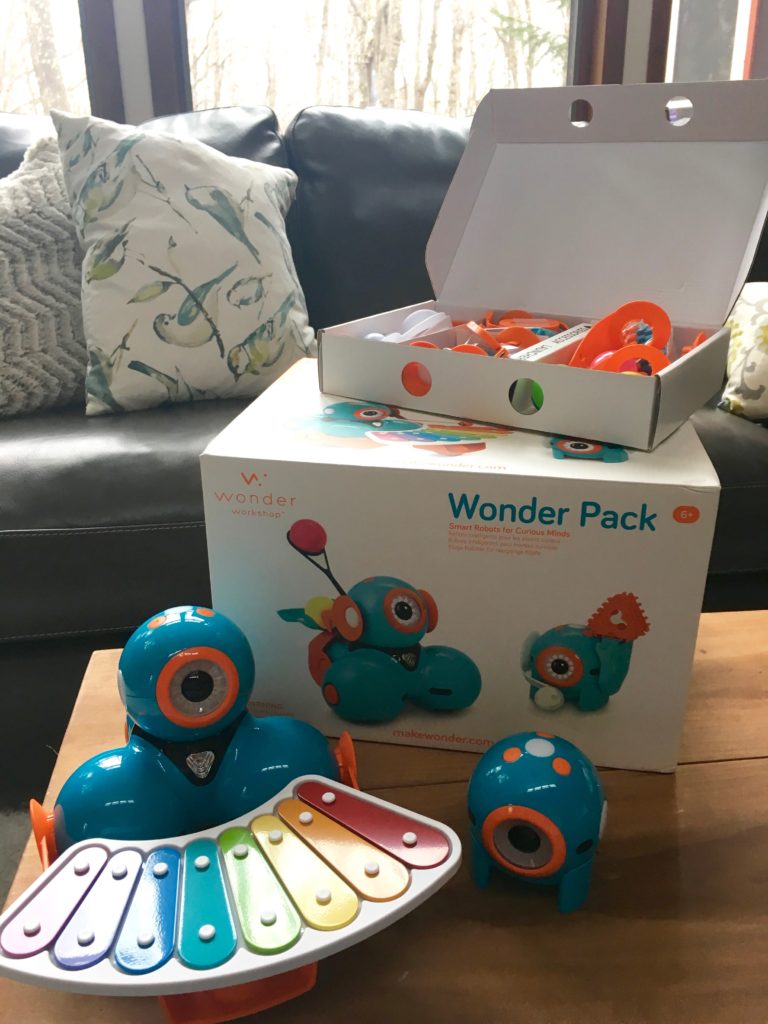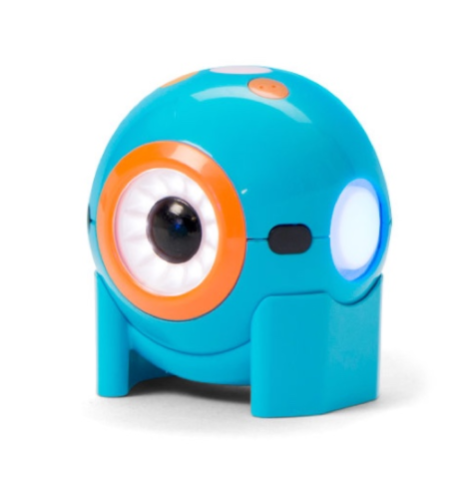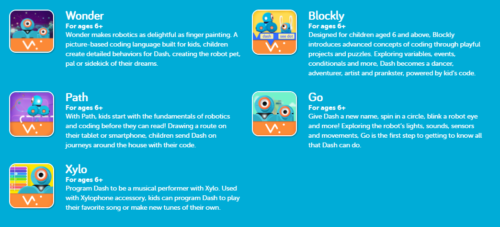STEM has become easier to explore in the classroom thanks to makerspaces and Genius Hour–more and more kids are learning how to engineer, create, and experiment with new technology and engineering.
However, one aspect of STEM can be a little more daunting for teachers to incorporate, and that’s coding and robotics. Coding is fast becoming a skill as essential as reading or doing math, and is now an in-demand skill across many industries.
But how can you as a teacher help students learn to code when you don’t know how to do coding yourself yet?

To make computer science accessible to grade school educators and students, Wonder Workshop has created Dash & Dot, a pair of robots that are designed to teach kids how to code.
Both Dash and Dot are capable of interacting with their surroundings, thanks to the sensors they’re built with. They can detect sounds, objects, and movements, making them aware if they are being engaged by their users. Pretty cool, huh?
With the help of apps designed to work with the robots, kids can program these robots to learn and play games, send messages, solve puzzles, and even complete an obstacle course!

Here’s what the Wonder Pack looks like right out of the box. That’s Dash there, in front. It’s a real, moving robot that can dance, sing, and respond to voice commands. And Dash can be programed to do lots of tasks and interact with its surroundings. Here’s a better image, up close:

Dot is pictured below, and doesn’t move. That doesn’t mean it’s any less exciting! Dot is installed with several games for kids to play with, and the same apps used to program Dash can be used by kids create even more games.

What makes the Dash & Dot system so effective in teaching kids how to code is that kids can immediately see the cause and effect of what they program.

There are five Wonder Workshop apps: Wonder, Blockly, Xylo, Path, and Go.
- Wonder is for creating behavior and interaction in Dash and adding intelligence and personality to Dot.
- Blockly is a drag-and-drop programming tool that helps kids understand concepts such as algorithms, command sequences, conditionals, loops, and also sets the sensors that allow the robots to interact with the world.
- Xylo, or Dash’s xylophone, helps students learn about algorithm, loops, command sequences, and control flow with the help of music.
- Path is for programming Dash to be mobile and capable of solving obstacle courses, and focuses on computational thinking.
- Go is used to program Dash to complete mobile tasks such as delivering messages, and for Dot to emulate characters from a storybook.
Apart from the apps that will be used to program Dash & Dot, teachers can also access Wonder Workshop’s coding curriculum that make it simple to introduce and integrate the robots in your classroom. The curriculum is aligned with the Common Core and the lessons can be categorized according to subject, grade level, robots, and robot accessories.
Each lesson plan comes complete with a description, objectives, projected duration, and all the other important details that you need to plan and deliver the lesson. These lesson plans are created by the Wonder Workshop and their growing community of educators.After some experimentation with Dash & Dot, you might even want to add to their database of lesson resources!
Disclosure: Wonder Workshop provided me with a set of Dash and Dot robots to test out for this review, and they’ve compensated me for helping to spread the word about their awesome resources. All opinions are my own, and I only blog about products that I would use in the classroom myself and recommend without reservation to other educators.

Angela Watson
Founder and Writer
Sign up to get new Truth for Teachers articles in your inbox
Discussion
Leave a Reply
OR

Join our
community
of educators
If you are a teacher who is interested in contributing to the Truth for Teachers website, please click here for more information.
















This was very helpful thankyou now my child is smart!!!!